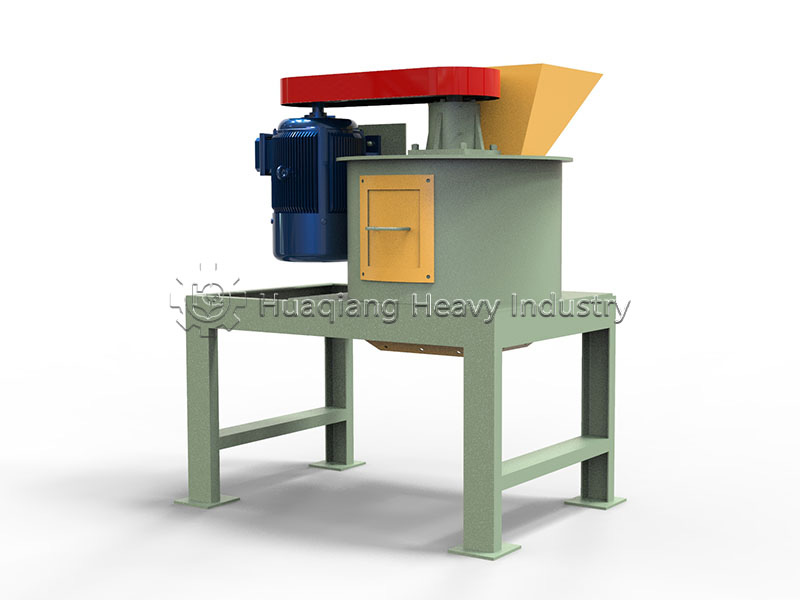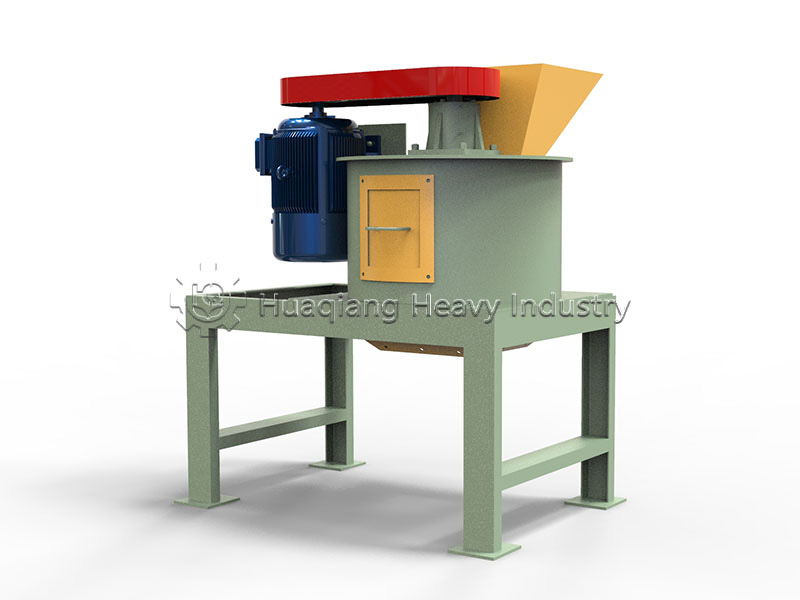The disc granulator is key equipment in fertilizer production. Thanks to its simple structure, easy operation, and strong adaptability, it’s widely used for granulating various fertilizers like organic fertilizer, compound fertilizer, and biofertilizer.
1.Organic Fertilizer Raw Materials
Livestock manure (chicken, pig, cattle manure, etc.). Agricultural waste (straw, rice husks, mushroom residue, etc.). Municipal sludge (sewage treatment plant sludge, food waste, etc.). Humic acid materials (weathered coal, lignite, etc.)
2.Inorganic and Compound Fertilizer Raw Materials
NPK compound fertilizers (granulated mixtures like urea, monoammonium phosphate, potassium chloride). Micronutrient fertilizers (containing iron, zinc, boron, etc.). Slow-release and controlled-release fertilizers (coated fertilizers, sulfur-coated urea, etc.). Adjusting the disc’s tilt angle, rotation speed, and water spray optimizes particle roundness and strength.

3.Bio-organic and Functional Fertilizers
Microbial fertilizers (with functional bacteria like Bacillus subtilis, phosphate-solubilizing bacteria). Organic-inorganic compound fertilizers (combining organic matter with chemical fertilizer for better efficiency). Soil conditioners (materials that improve soil, like humic acid, silicon-calcium fertilizer).
4.Raw Material Requirements
While disc granulators are adaptable, raw materials still need to meet these conditions:
Suitable moisture content (usually 20%-40%; too high causes sticking, too low makes granulation hard).
Adequate stickiness (binders like bentonite or lignin can be added to adjust this).
Proper particle size (powder or fine particles granulate more easily).
Overall, whether it’s traditional organic fertilizer or newer functional fertilizers, the disc granulator can meet production needs. It’s an ideal piece of equipment for fertilizer processing.








.jpg)
